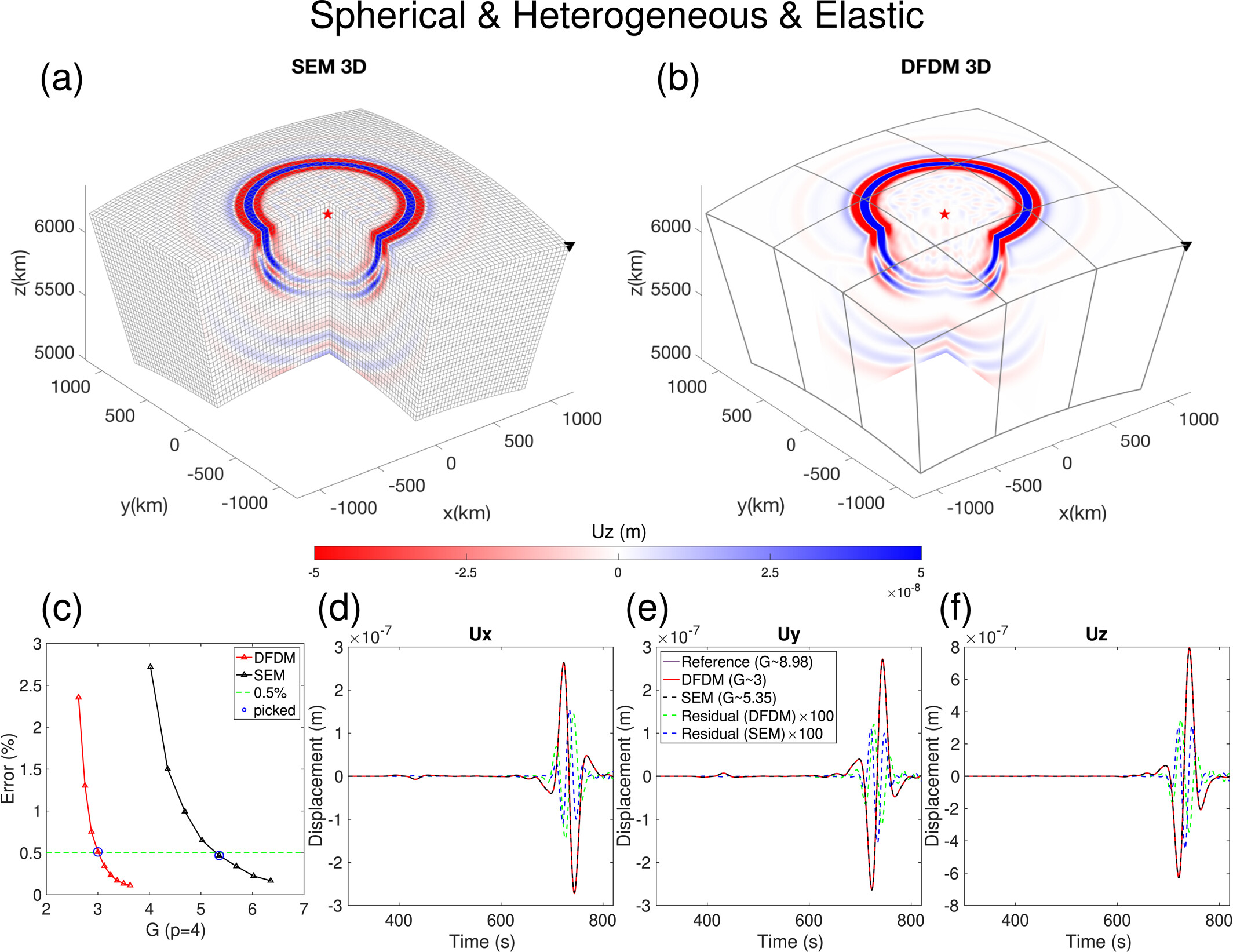Inferences on Flow at the Base of Earth’s Mantle Based on Seismic Anisotropy
We applied global waveform tomography to model radial anisotropy in the whole mantle. We found that in the last few hundred kilometers near the core-mantle boundary, horizontally polarized S-wave velocities (VSH) are, on average, faster (by ∼1%) than vertically polarized S-wave velocities (VSV), suggesting a large-scale predominance of horizontal shear. This confirms that the D″ region at the base of the mantle is also a mechanical boundary layer for mantle convection. A notable exception to this average signature can be found at the base of the two broad low-velocity regions under the Pacific Ocean and under Africa, often referred to as “superplumes,” where the anisotropic pattern indicates the onset of vertical flow.
Abstract
We applied global waveform tomography to model radial anisotropy in the whole mantle. We found that in the last few hundred kilometers near the core-mantle boundary, horizontally polarized S-wave velocities (VSH) are, on average, faster (by ∼1%) than vertically polarized S-wave velocities (VSV), suggesting a large-scale predominance of horizontal shear. This confirms that the D″ region at the base of the mantle is also a mechanical boundary layer for mantle convection. A notable exception to this average signature can be found at the base of the two broad low-velocity regions under the Pacific Ocean and under Africa, often referred to as “superplumes,” where the anisotropic pattern indicates the onset of vertical flow.
Download
Download the paper here



